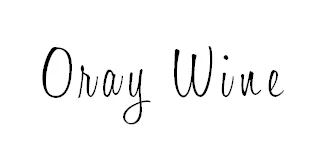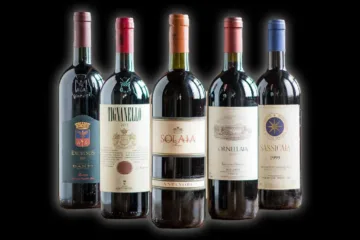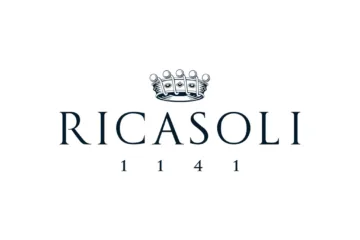Aeration is the purposeful and controlled exprosure of a substance to air, and especially to its reactive component: oxygen.
In order to prevent oxidation and the potential overproduction of acetic acid, the aeration of wine during winemaking must be carefully monitored.

Since yeast needs oxygen to develop, some aeration is required early in the fermentation process.
The cellar operation of topping-up (filling-up a barrel with wine to avoid protracted air contact inside the barrel) can expose the wine to an amount of oxygen that contributes to the barrel maturation process.
The amount of aeration involved in the cellar techniques of racking wine from one container (usually a barrel) to another. Delestage and Pumping Over can also be positively beneficial to a wine’s development.
Aeration can cure wines that have suffered from reduction and can usually eliminate malodorous and volatile hydrogen sulfide, mercaptans, and other sulfides from young wines.
Often for the same reasons, some aeration before serving by pouring the contents of a wine bottle from a great height or from one container into another can also benefit some wines after bottle ageing, as can simply swirling the wine in the glass.

Follow me on my Social Media
Wine is a gourmet treasure, do not abuse alcohol!
None of this content has been sponsored
I did not receive any gifts or free samples that could be related to this article


